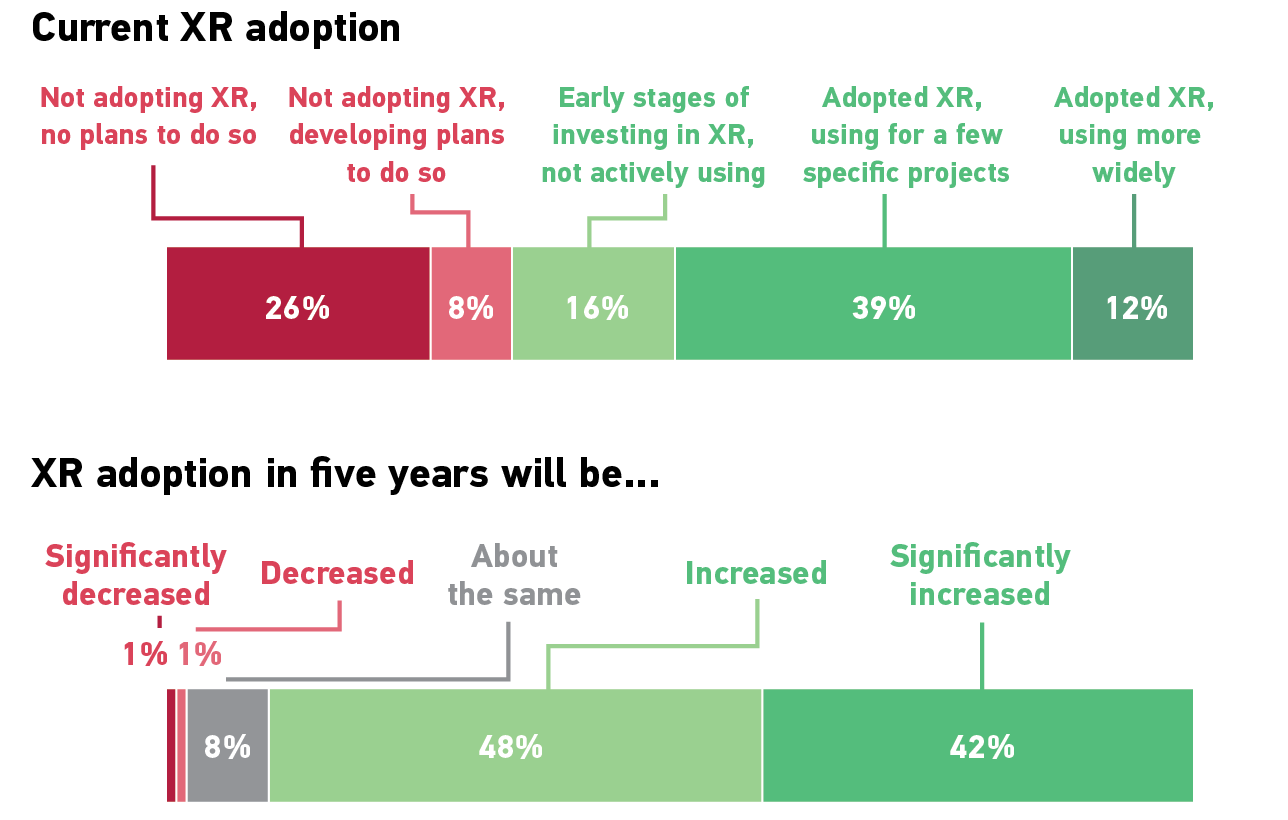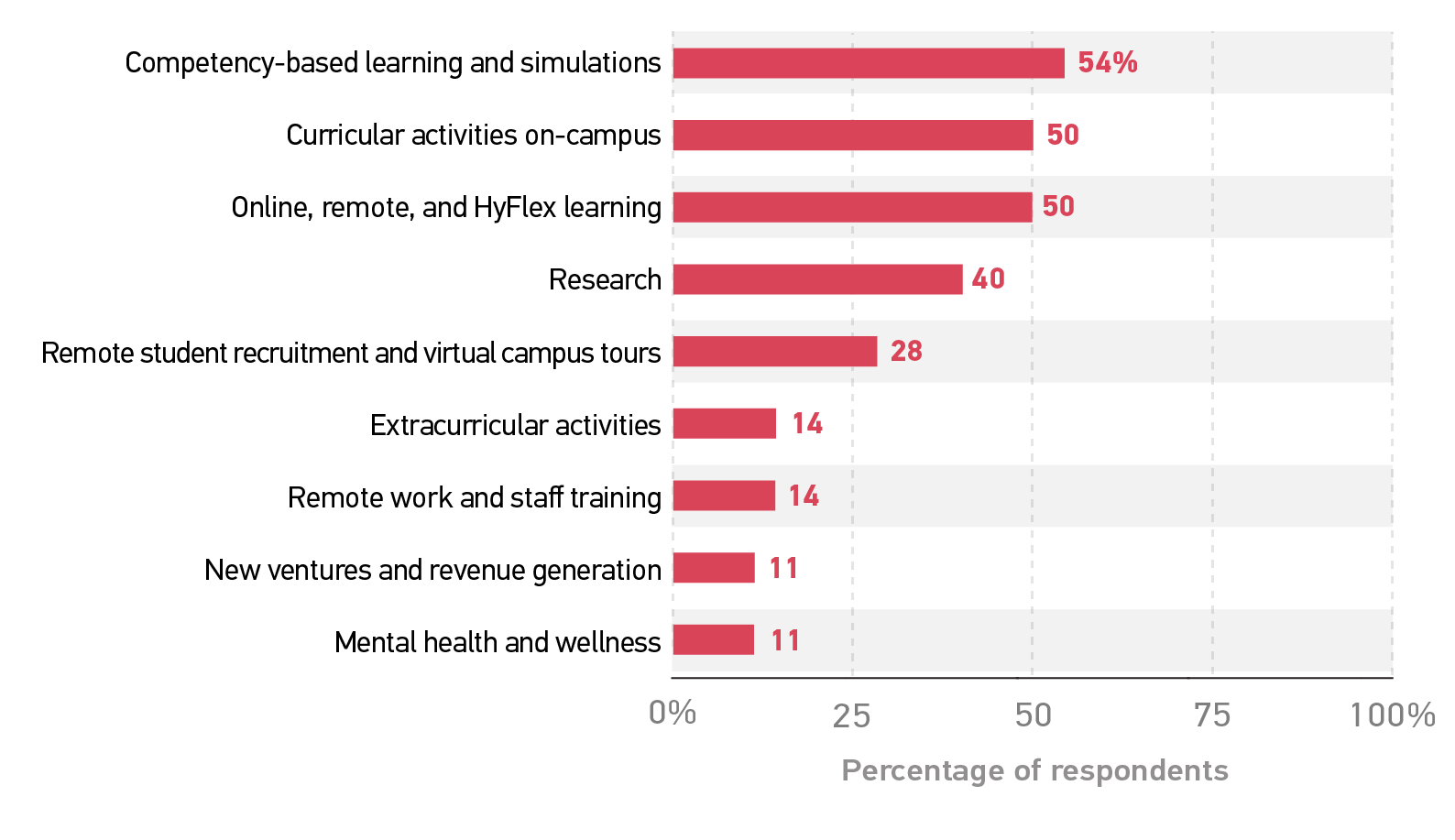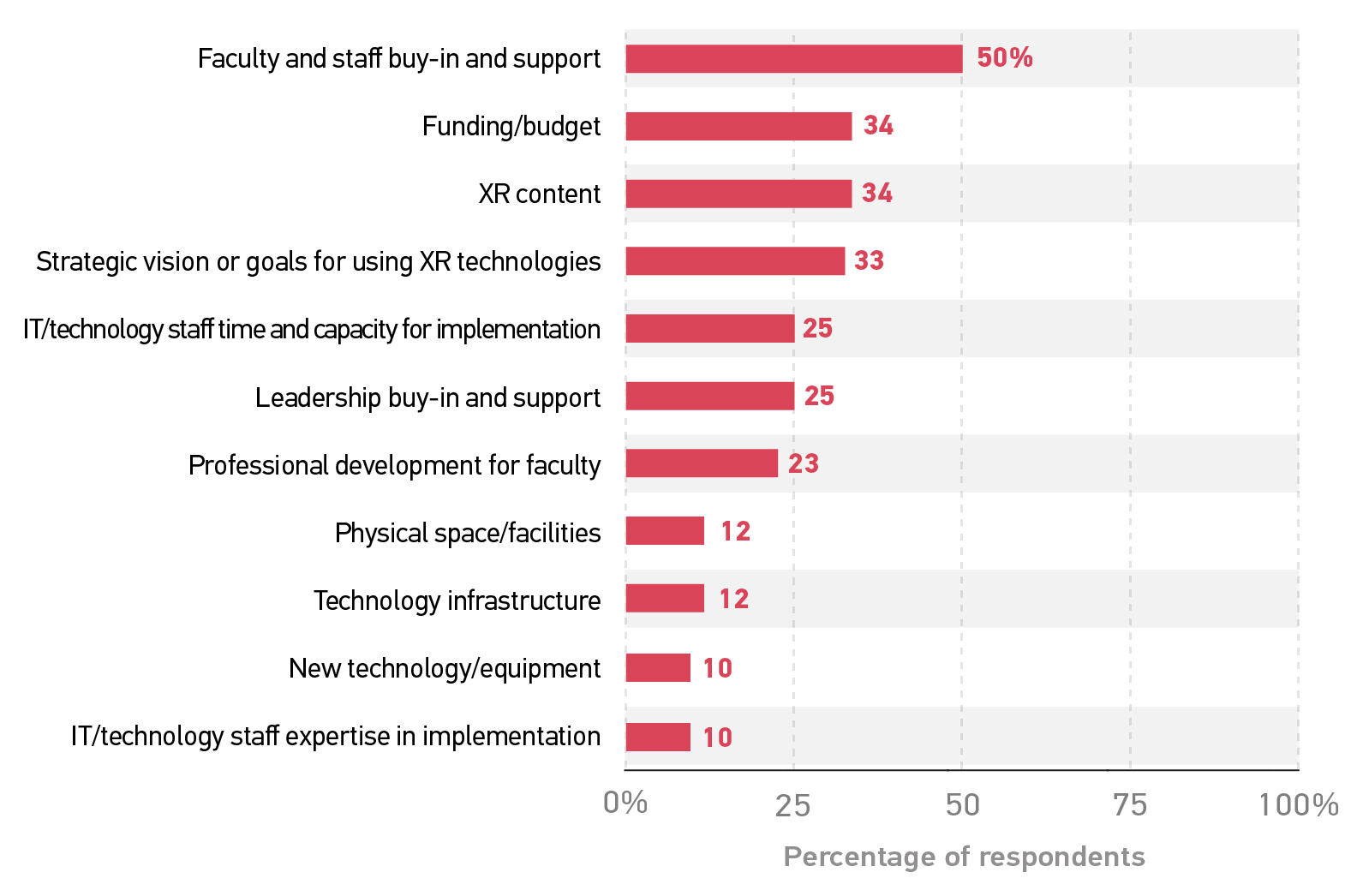Jan
2022
Digital Literacy for St. Cloud State University
https://www.ecampusnews.com/2021/10/29/3-ways-hyflex-and-virtual-models-help-ensure-equity/
badge earned for attending the course:
https://www.credly.com/badges/d115ce80-17a9-4238-8f7a-9e4cbc327114/linked_in
++++++++++++++++++++
Multimodal Learning Environments
https://ascilite.org/conferences/sydney10/procs/Sankey-full.pdf
Neuroscience research has also revealed that „significant increases in learning can be
accomplished through the informed use of visual and verbal multimodal learning‟ (Fadel, 2008, p. 12).
Multimodal learning environments allow instructional elements to be presented in more than one sensory mode (visual, aural, written). In turn, materials that are presented in a variety of presentation modes may lead learners to perceive that it is easier to learn and improve attention, thus leading to improved learning performance; in particular for lower–achieving students (Chen & Fu, 2003; Moreno & Mayer, 2007; Zywno 2003).
multimodal design, in which „information (is) presented in multiple modes such as visual and auditory‟ (Chen & Fu, 2003, p.350). The major benefit of which, as identified by Picciano (2009), is that it „allows students to experience learning in ways in which they are most comfortable, while challenging them to experience and learn in other ways as well‟ (p. 13). Consequently, students may become more self–directed, interacting with the various elements housed in these environments.
VARK learning styles inventory online to help determine their learning style (http://www.vark–learn.com/english/index.asp)
https://vark-learn.com/the-vark-questionnaire/
(see motivation theory: https://blog.stcloudstate.edu/ims/2021/10/14/motivation-theory/)
=================
more on hyflex in this blog
https://blog.stcloudstate.edu/ims?s=hyflex
By Kevin Gannon OCTOBER 26, 2020
https://www.chronicle.com/article/our-hyflex-experiment-whats-worked-and-what-hasnt
The flexibility afforded to students by HyFlex courses has been evident this semester, but the style of teaching required has proven more difficult to maintain than anticipated. Moreover, that same flexibility has been the proverbial double-edged sword when it comes to student success.
HyFlex courses are hard to build, and even harder to teach.
Designing effective online courses is hard work and differs significantly from in-person teaching. HyFlex courses essentially braid the two together. Moreover, the braiding is even more complicated because the online strand is further divided into synchronous and asynchronous paths.
What seems clear is that institutions using the HyFlex model need to find more and different ways to support faculty members than before. Hire work-study students to wrangle Zoom? Improve the integration and workflow of these various tools? At the very least, we have to acknowledge the significant burden now on classroom instructors, a burden for which very few of us were prepared.
HyFlex’s origin story matters. HyFlex courses were initially developed for graduate students in an educational-technology program.
we needed more in the way of introducing students to HyFlex — more clearly and specifically outlining how the courses work and how to navigate them most successfully.
HyFlex works better for some types of classes than others. It’s no coincidence that faculty members who are finding HyFlex a difficult fit are those whose classes are either completely or mostly discussion-based, perhaps even student-led.
We need to help students learn to become online learners.
Faculty members cannot hide from structural racism and economic inequality any more, because our students were never able to in the first place.
++++++++++++
more on hyflex in this IMS blog
https://blog.stcloudstate.edu/ims?s=hyflex
On June 25, Brian Beatty was a guest to Bryan Alexander’s “Future Forum.”
He will be a guest again this coming Thursday, September 24, 2020, 1PM Central.
Here is the recording from the June 25th session:
https://blog.stcloudstate.edu/ims/2020/06/25/hyflex-model/
On June 25, it was agreed Brian will bring updates and new developments, considering the pandemic impact on that mode of teaching.
To RSVP ahead of time, or to jump straight in, just click these links:
https://shindig.com/login/event/hyflex2
“A well-designed HyFlex class, with effective alternative participation modes
that all lead to the same learning outcomes, can provide meaningful learning opportunities for all students.” Brian Beatty
https://library.educause.edu/resources/2020/7/7-things-you-should-know-about-the-hyflex-course-model
+++++++++++
more on the HyFlex model in this IMS blog
https://blog.stcloudstate.edu/ims?s=hyflex
What is #HyFlex and when should we use it in #HigherEducation ?
This Thursday Brian Beatty will join the Future Trends Forum to discuss the model.
You can join us for free from 2-3 pm EDT:https://t.co/SUkTnuouKZ#FTTE
— Bryan Alexander (@BryanAlexander) June 22, 2020
+++++++++++++++++
more on hyflex in this IMS blog
https://blog.stcloudstate.edu/ims?s=hyflex
From: EDUCAUSE Listserv <BLEND-ONLINE@LISTSERV.EDUCAUSE.EDU> on behalf of “Kinsella, John R.” <jrkinsella@STTHOMAS.EDU>
Reply-To: EDUCAUSE Listserv <BLEND-ONLINE@LISTSERV.EDUCAUSE.EDU>
Date: Thursday, November 15, 2018 at 11:43 AM
To: EDUCAUSE Listserv <BLEND-ONLINE@LISTSERV.EDUCAUSE.EDU>
Subject: Re: [BLEND-ONLINE] Flexible Training/Learning Incubation Spaces
We launched our group, STELAR (St. Thomas E-Learning and Research), almost 2 years ago. Part of that launch included a physical space that offers: Innovative individual and collaborative group study spaces for students, consultation spaces for faculty and our staff, meeting spaces, a Technology Showcase providing access to leading edge technology for faculty and students (VR/AR, AI, ML,) an Active Learning classroom space used for training and for faculty to experiment, and a video recording space for faculty to create course video objects using a Lightboard, touch Panel computer or just talking to the camera.
We’ve seen exceptional usage among our students for this space, likely in part because we partnered with our library to include our space along with the other learning resources for students in our main library. We have had numerous faculty not only experiment with but then integrate VR/AR and other leading edge technologies in their classes and research projects. Our classroom is busy consistently for training, class sessions, meetings, etc. and our learning spaces see student use throughout the day and into the evening. In short, our physical space has become an essential and highly visible part of the work we do around providing opportunities, expertise, and technology for the innovation of teaching and learning (Our tagline: … at the intersection of Pedagogy and Technology)
The reception has been so positive that our space has been used as a model for some new student-focus collaboration spaces around campus.
We have a good deal of information about STELAR as a team on our website: https://www.stthomas.edu/stelar/
It does include some information about our physical space but we’ve also pared that down since our launch. I’d be happy to connect you with our team if you’d like to learn more about what we’ve done here, where we’ve seen success and ideas that didn’t pan out as we expected.
John Kinsella
Instructional Systems Consultant
ITS – STELAR: St. Thomas E-Learning and Research
(651) 962-7839
jrkinsella@stthomas.edu
24/7 Canvas Support: 1.877.704.2127 or Help button in Canvas course.
Other tech needs contact:Techdesk@stthomas.edu
Digital Learning Essentials: Students/faculty self-enroll here
More: Blog, Online Showcase, Trainings & Events, & Online Teaching Certificate
https://campustechnology.com/articles/2022/01/04/14-predictions-for-higher-education-in-2022.aspx
our faculty will discover that effectively teaching in a hyflex environment without adequate support is extremely difficult and truly exhausting.
campus leaders who have intentionally put students at the center of organization and system design will reap a great reward.
look for movement in the augmented and virtual reality space.
online education will become the norm rather than the step-sister of “traditional” education
The cultures within institutions may prevent these significant changes from occurring. If that occurs, alternatives will continue to build momentum.
Alumni will be looking for upskilling opportunities via microcredentials, to navigate growth and career change during the “Great Resignation.” Recent high school grads will expect a variety of online, hybrid and in-person courses to choose from, many bringing with them years of experience with virtual learning.
many lecture theaters might come to look like professional TV studios, to meet growing quality and usability expectations. Also, technologies will likely be expected to make classrooms environments more “peer-learning friendly” and inclusive
The (Arizon State) university announced that in 2022 it would release Pocket, a digital wallet for students as a comprehensive learner record.
https://er.educause.edu/articles/2021/12/educause-quickpoll-results-xr-technology


